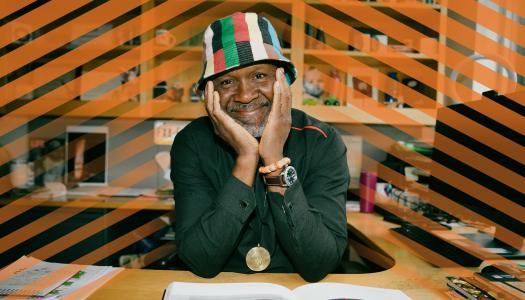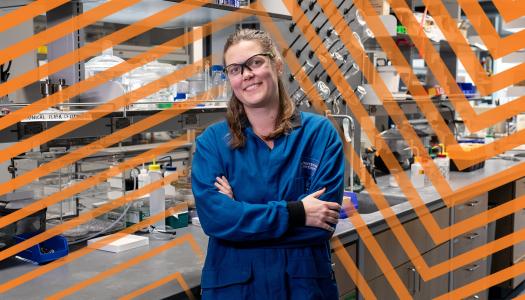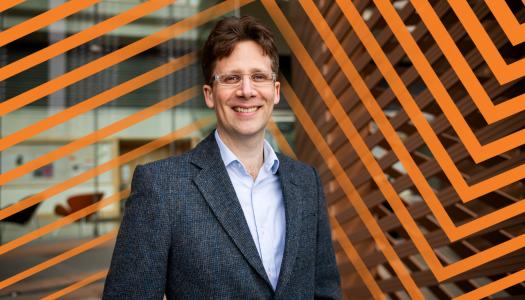
Ben Raphael first applied his computational muscle to the fight against cancer by accident.
As a postdoctoral fellow at the University of California, San Diego, he studied genomes. One day, during a routine research meeting, his advisor mentioned that he had gotten an email out of the blue from cancer biologists who needed help making sense of their data. He asked the lab group if anyone was interested in helping them out.
Raphael volunteered, thinking it would be a one-off project. Fifteen years later, he’s still studying what drives cancer. “As I got further into cancer genomics there were more and more challenges—both biological and computational—that were intriguing,” said Raphael, a professor of computer science.
Somatic mutations—mistakes the cell makes when copying its DNA during cell division—are one key to understanding how cancer grows. “These somatic mutations happen all the time,” said Raphael. “Most of them are inconsequential, but a small fraction of them lead to cancer. And it’s very hard to identify the mutations that cause cancer.”
That’s where the computational tools he creates come in.
Finding Specks of Trouble in a Sea of Genetic Material
Raphael and his team develop algorithms that sift through massive amounts of data generated by DNA sequencing of tumors in search of the cancer-causing mutations.
Raphael, who says he was “a classic computer nerd” as a boy, now spends a lot of his time looking at data sets on big screens and hashing out ideas with students and postdocs on whiteboards.
He compares his work to assembling a jigsaw puzzle: The data from a DNA sequencing machine is like puzzle pieces in a box, and one of the pieces has been altered so it no longer fits in anywhere. But before you can figure out which piece is flawed, you need to put the puzzle together.
The task is enormously complex. Mutations vary in patients with the same type of cancer, and a single tumor can contain several different kinds of mutations. Raphael analyzes data from individual tumors to identify the relationships between mutations found in different cells of the same tumor.
He also analyzes data gathered from groups of people with the same type of cancer to identify common mutations that disrupt networks of genes. “By understanding how these mutations lead to cancer, we might find ways to help diagnose and treat it,” he said.
Cancer researchers use his powerful algorithms to understand the progression of multiple types of cancer. And he has developed software that physicians eventually could use in clinics to help them make targeted treatment decisions.
Next year, Raphael will introduce a new computational biology course in the computer science department to teach undergraduates how to use basic algorithms to analyze biological data.
“I’m a firm believer that we should use our abilities to try to improve the world,” says Raphael. “Our work in cancer genomics is one small way that we’re doing this.”
For information on supporting computer science, contact Jane Maggard, associate dean for development, engineering and applied science, at jmaggard@princeton.edu or 609.258.6850 or Tom Roddenbery, associate director, strategic priorities, at thomasr@princeton.edu or 609.258.6122.


